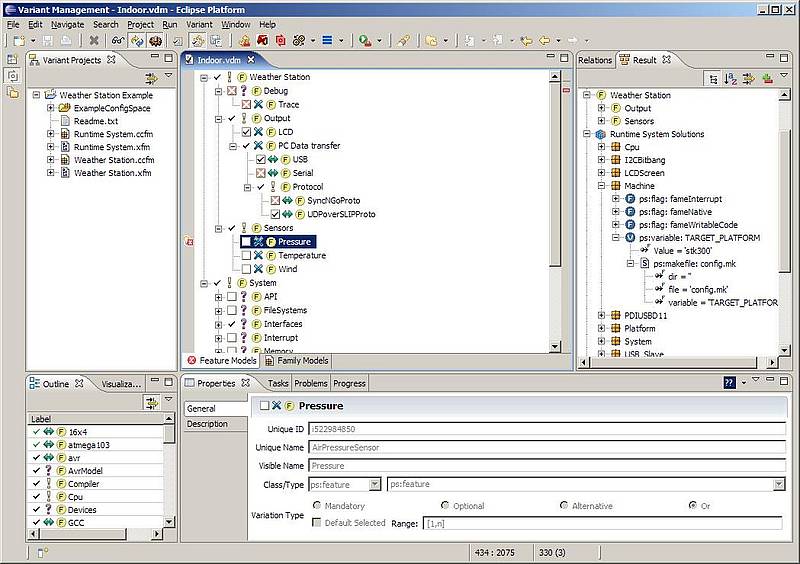

- #SYNPLIFY PRO NAME LAYER0 HOW TO#
- #SYNPLIFY PRO NAME LAYER0 SOFTWARE#
- #SYNPLIFY PRO NAME LAYER0 LICENSE#
The origin is the location that the printer will move to when it is told to go to X=0, Y=0, Z=0.

Once you have verified that the build volume is correct, you can move on to verifying the origin location of your printer. To check the build volume, measure the usable print area on your print bed, and ensure these values match the X and Y build volume values on the G-Code tab of your process settings.
#SYNPLIFY PRO NAME LAYER0 SOFTWARE#
Both of these settings need to be correct so that the software can correctly control the position of the parts on the print bed. The build volume determines the maximum print size possible on your machine, while the origin offset determines the location of the X=0, Y=0, Z=0 position. If your prints are not centered, then there are 2 settings you should check within Simplif圓D – build volume and origin offsets.
#SYNPLIFY PRO NAME LAYER0 HOW TO#
Please refer to the Sailfish configuration page for instructions on how to property restore these offsets. Anyway maybe they will be useful to someone else searching these forums at a later date with similar issues.NOTE: If you recently installed the Sailfish firmware on your printer, this issue is most likely due to incorrect homing offsets. They probably aren´t of any use to somebody who has used synplify before, but for me (a beginner) it set me in the right direction.

Searching for lecture 29, 30 and 31 will find them. This is normal I assume? Really I should be constraining the design based on the results I view from synplify? as many of the old constraints are now meaningless with a different syntheziser.Īlso I found some useful videos on youtube, I don´t have the link because it´s blocked here, but they were uploaded by a professor from a university in India. Previously when using the quartus synthesizer I had placed constraints using classic timing analyzer, some of which got ignored, I believe because of many of the nodes had their names altered or got synthezised away or what not. I was able to syntheize in synplify and then succesfully use the netlist in Quartus.

The sample program that pletz posted was quite useful.
#SYNPLIFY PRO NAME LAYER0 LICENSE#
I haven´t been able to spend to much time on this so sorry for not acknowledging the responses better.Īnyway I had a 10 day license which expires today. In EDA settings you have to choose SynplifyPro as synthesis tool.Īssignments -> EDA tool settings -> DesignEntry/Synthesis -> SynplifyPro SynplifyPro generates a vqm-file, which you can use as design file Quartus. I know its a basic question and I´m probably doing something wrong, but I´m new to this particular aspect. Is there another way to see any potential benifits of synplify other than running it through Quartus? If I run the design through synplify only, then synplify cannot be guided by any constraints that were put in place in the assignment editor, is this correct? Would I need to re constrain the design using synplify if I wanted to synthesize directly through synplify. I ask because I am not sure why in the Quartus error it says "Synthesis tool ", as if I have not set it up properly. I believe I have a node-locked license, so do i need to call them and ask for a floating license? Single-PC license), because batch mode compilation is Requires a floating network license (as opposed to a node-locked "Running the Synplify software through Natvelink integration Anyway turns out that when I attempt to synthesize the design in Quartus I get an error saying:Įrror: Synthesis tool is not supported by NativeLinkĮrror: NativeLink flow failed to complete synthesis.Īfter doing a bit of reading I found that: What I was planning to do was run Synplify Pro from within Quartus and look at the output of the timing analyzer to see if the timing problems I have been having have improved. I recently recieved a 10 day evaluation license for Synplify Pro 9.6.1.


 0 kommentar(er)
0 kommentar(er)
